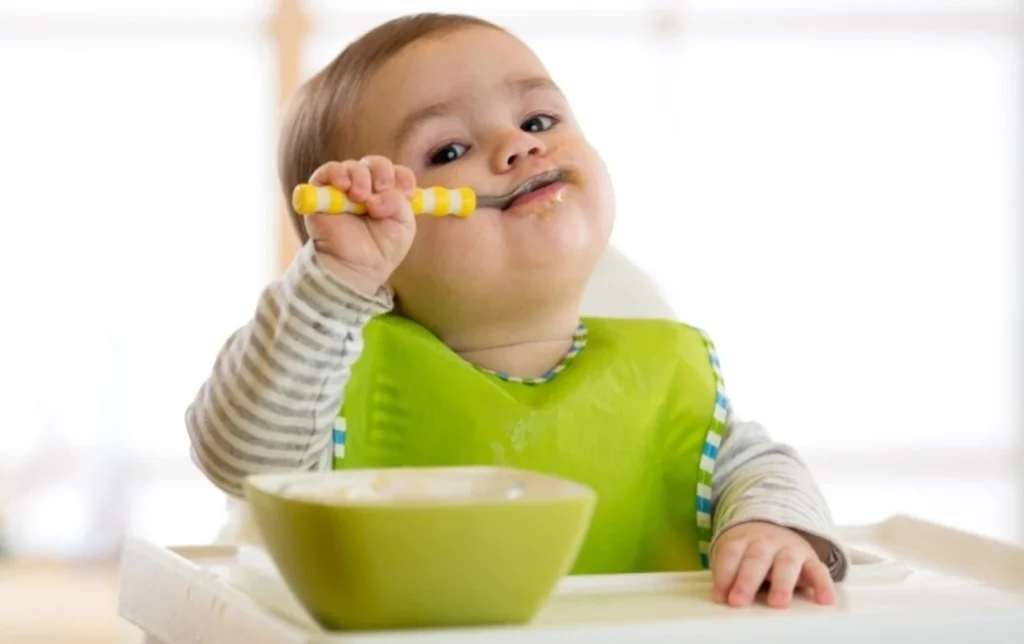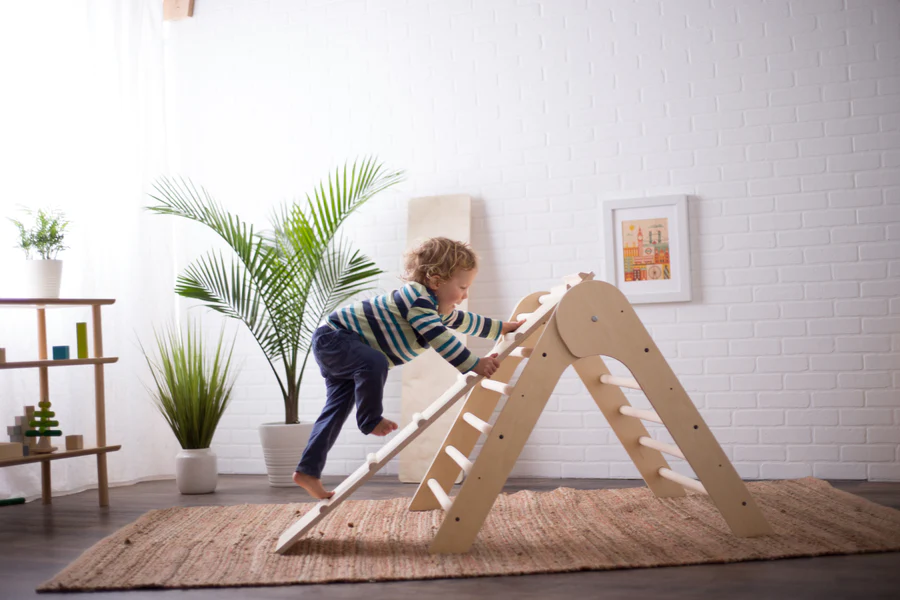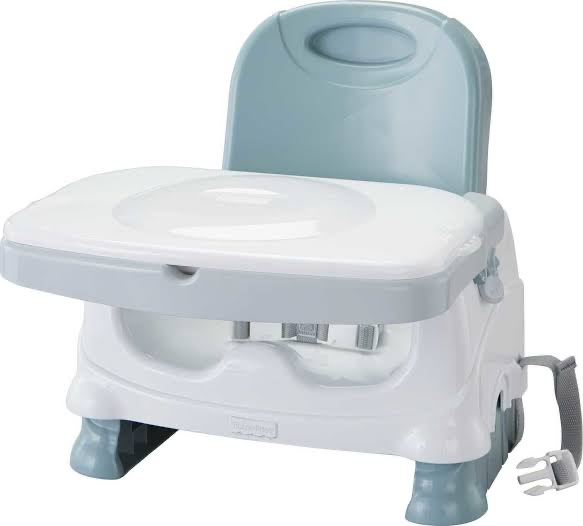
When do Kids Stop Using High Chairs? All You Need to Know
- Created:
9. 2. 2023 - Updated:
26. 7. 2023
As a parent:
High chairs are one of the essential items you should get for your little one. They’re mainly used for feeding babies and toddlers.
But as you know:
Children have several developmental stages. And surely, they’ll outgrow their high chair at some point and will need to transition to a table.
So:
When is that time? When do you need to pack your baby’s high chair and bring them to the table?
Let’s find out.
When do Kids Stop Using High Chairs? Key Takeaways
High chairs are primarily for feeding kids. However, children will have to move to the table at some point. Here are signs that your child is ready to make that transition: When they can feed themself or have outgrown the chair. When they start resisting the high chair. Lastly, when they’ve developed climbing skills and can unbuckle the strap.
Signs That it’s Time Your Baby Stops Using the High Chair
Usually:
Children indicate that they’re ready to move on from their high chairs.
Let’s examine these indications.
When Your Child Can Feed Themselves
As already mentioned:
High chairs are primarily used for feeding babies as they’re convenient. But if your baby starts developing self-feeding skills, they might be ready to be transitioned to the table.
So what are some of these feeding skills?
This includes holding utensils properly, being stable, and spilling minimal food.

When Your Child Outgrows the High Chair
This is, perhaps, the most obvious sign that your child needs to stop using the high chair.
You see:
According to Mayo Clinic, babies tend to grow 1 inch a month from birth to about 6 months. They then grow half an inch from 7 to 12 months.
That said:
Your baby will likely become uncomfortable in their high chair as they grow older and increase in height. They may find it difficult to move around and readjust themselves when in the chair.
So:
When you notice them struggling with the chair, it’s probably time to upgrade their seats.
When Your Child Starts Resisting the High Chair
Get this:
Your child will not always like the high chair. As they develop, they may start resisting attempts to put them in it.
When they start behaving in such a way, it is time to upgrade them.
Remember:
Mealtime is about family bonding. So, forcing them into the high seat may create a hostile feeling and take that away.
When Your Child Starts Climbing and Can Unbuckle the Harness
Of course:
Children like climbing; it is one of their favorite adventures. So, if they can safely climb up and get down from different seats in the house, you should let them try out the table.
Also:
If your child can unbuckle the harness strap and escape, they should stop using the high chair.
At this point, the chair becomes a health hazard as the child can easily fall off.

How to Transition Your Child From the High to the Table
Now:
After noticing the above signs and realizing your child needs a change of seat, you have to start transitioning them.
Below are some effective transitioning suggestions:
Using a Booster Seat

Here’s the thing:
Children ready to eat at the table may not have the balance to use a regular seat. But a booster seat can provide that balance.
It helps ease the transition process from a high chair to a table.
They come in different types, so you must choose the one that meets your child’s needs. Perhaps the most important need is safety.
Thus, you should buy a booster seat with a three-way harness strap.
Why?
The strap will keep them buckled to the seat and prevent falling even when they move and change positions.
You should also buy a booster seat with a height adjustment feature. I already mentioned that children grow rapidly in their early years.
So:
You want a seat that can be adjusted to match your baby’s height as they grow.
Lastly:
Try getting stickers of your baby’s favorite cartoon characters and adding them to the booster seat. This will likely increase the seat’s appeal.
Incorporating Table Manners
Here’s my take:
If your child is old enough to sit at the dining table, they’re old enough to learn basic meal etiquette.
Now:
For some table manners, you’ll have to give them practical lessons. They’ll learn the rest through observation and imitation, which they’re usually good at.
So what are some of the basic table manners they can learn?
They include using a napkin, eating with the mouth closed, sitting still, and handling food appropriately.
Remember:
You have to be patient with your child, as it can take a while before these behaviors are instilled in them.
Make Mealtime Engaging and Fun
Fact is:
Children usually have a short attention span. They can be easily distracted by little, insignificant things.
This can play out during mealtime as a sound from the TV, or a mobile phone can take their attention away from the food.
Therefore:
During every mealtime, turn off the TV and ensure that no one on the table is using their phones.
Instead, try making it as fun and engaging as possible. For example, you can talk about how your day went and ask your child about theirs as well.
This should help spark funny conversations, making mealtime a fun family event that your child will always anticipate.
Conclusion
High chair is a basic necessity for babies and toddlers, as it eases the difficulty of feeding for parents. But your child will have to stop using the high chair at some point as they grow.
Below, are common signs your child is ready to be transitioned to the table.
- When your child can feed themself
- When your child outgrows the high chair
- When your child starts resisting the high chair
- When your child starts climbing and can unbuckle the high chair
And that does it:
If you see your child showing any of these signs, it is safe to say that it’s time to upgrade to the table.
One last thing. If you have further questions, please use the comment box below. You’ll get a response in no time.
Frequently Asked Questions About When Kids Can Stop Using High Chairs
You can either transition a child from the high chair straight to the table or use a booster seat instead. The latter is usually the best option for many kids as it acts as a go-between between a high chair and a table.
Normally, a 2-year-old should have fully transitioned to the table. Many kids can sit and walk comfortably at that age, so they’re likely to have outgrown the chair.
Under normal circumstances, a 4-year-old shouldn’t be using a high chair. It is even difficult to find a high chair the size of a 4-year-old. But if the child has trouble sitting, walking, or other developmental problems, they can use it for as long as possible.
Babies can start using a high chair as soon as they can sit and stand comfortably on their own. This usually happens around 6 months.
























